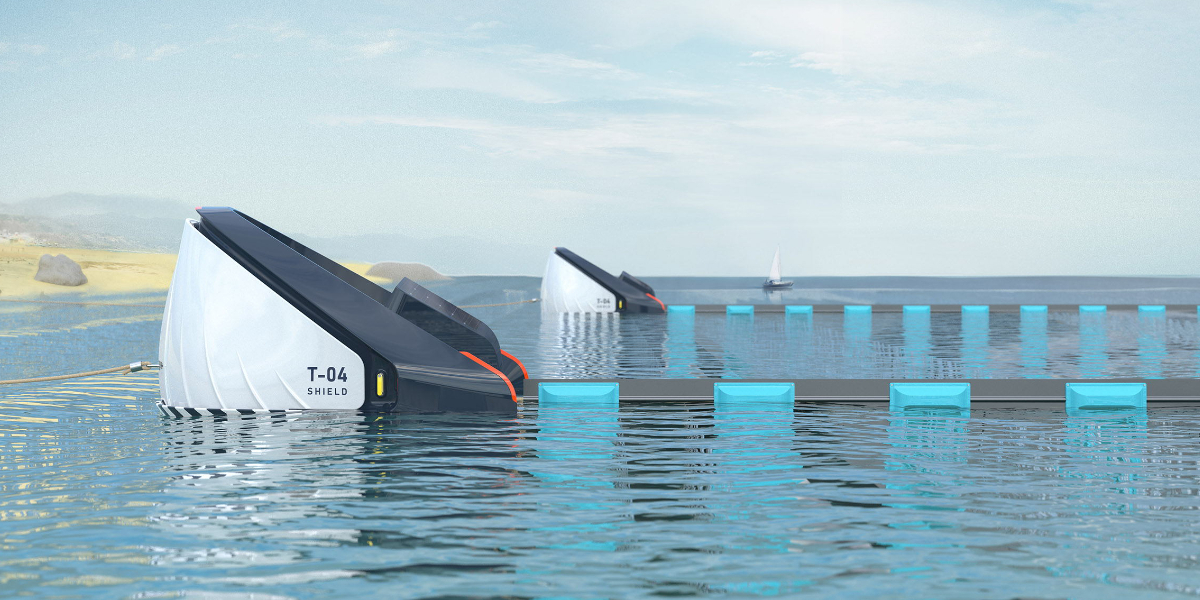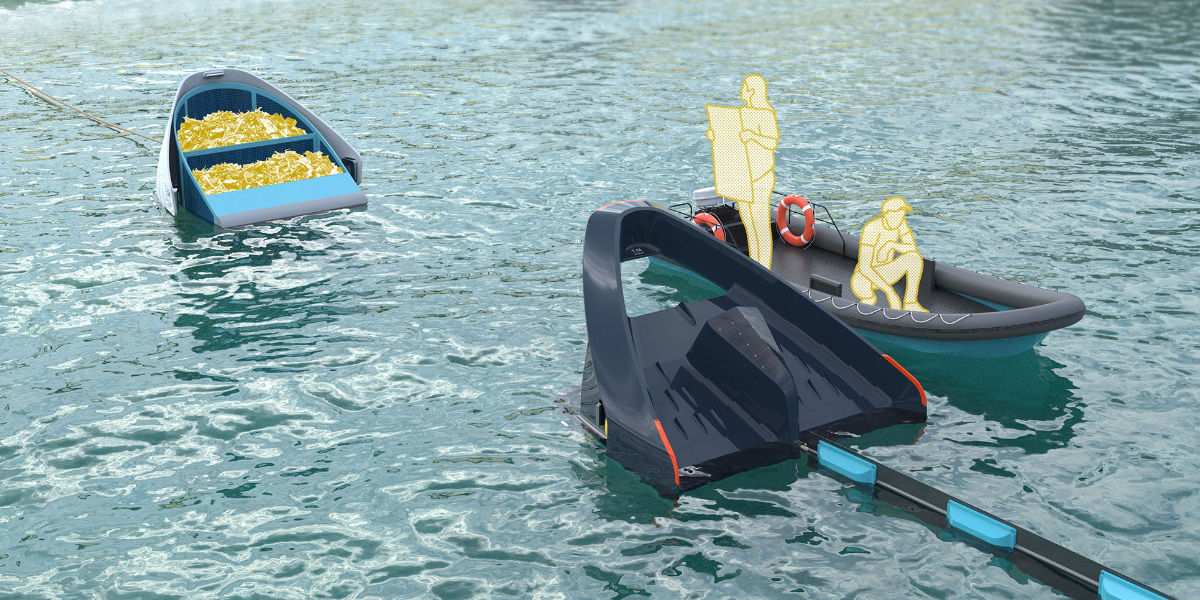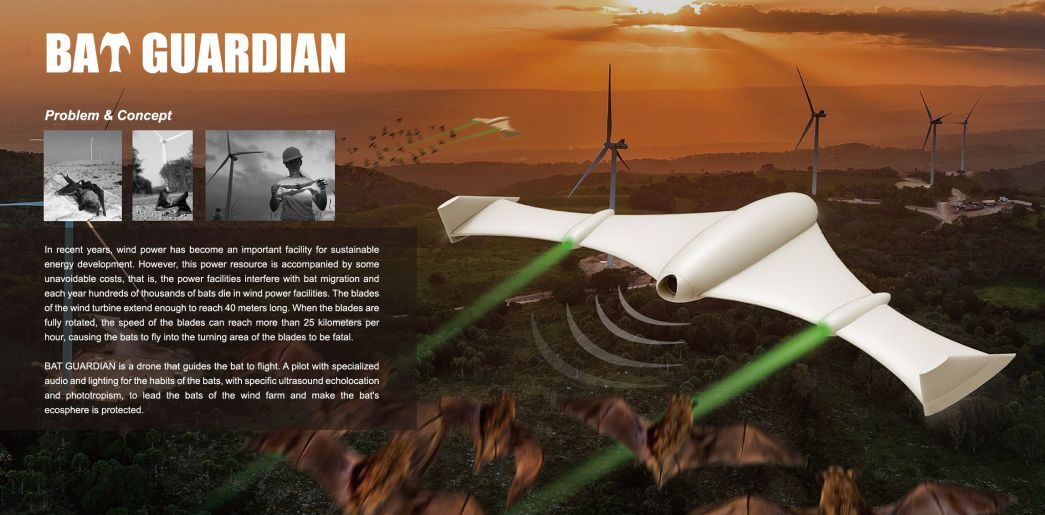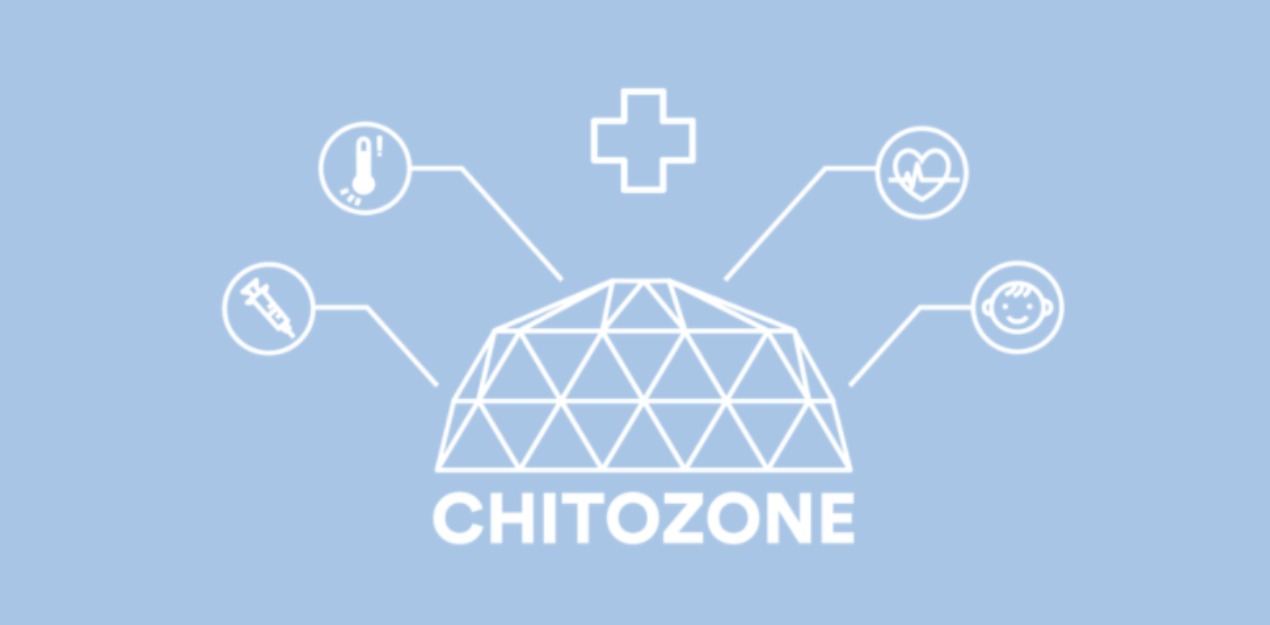AWARD YEAR
2023
CATEGORY
Community
GOALS
Life Below Water
KEYWORDS
Garbage collection, ocean cleaner
COUNTRY
China
DESIGNED BY
Zeteng Yan
WEBSITE
https://www.jamesdysonaward.org/2022/project/shield/
SHIELD
A wave-assisted nearshore garbage collection system.
How does it work?
The front and rear of the system are fixed by the rope dragging so that the relative position of the equipment can be improved and also to prevent it from being lost.
The system is divided into four levels of interception and collection: the first level is the interception belt. The second level is the steps and ridges on the surf slope, they will hang the garbage to prevent the returning seawater from dragging the rubbish back into the water. The third stage is the low-wave collection port. Under the diversion and diffraction of the wave-gathering side plate, the middle V-shaped diverter plate, and the diffraction arc, the waves will push the garbage into the middle low-wave collection port; the fourth stage is the largest opening. The high wave collection port, where, ideally, most of the waste would be pushed and finally stored in the waste bin.
Why is it needed?
More than half of the world's population lives near the coast, and near-shore activities generate large amounts of waste. The device seeks to seize ocean waves' movement to collect and defend nearshore garbage.
How does it improve life?
It prevents garbage from entering the sea, but also prevents other non-local garbage from coming ashore. This can also reduce the retention time of garbage, and reduce the spread and the chance of hurting marine organisms. Moreover, SHIELD seeks to guarantee a positive and clean experience for tourists, since the system is located at a safe distance from the shore it won't interfere with the activities.




